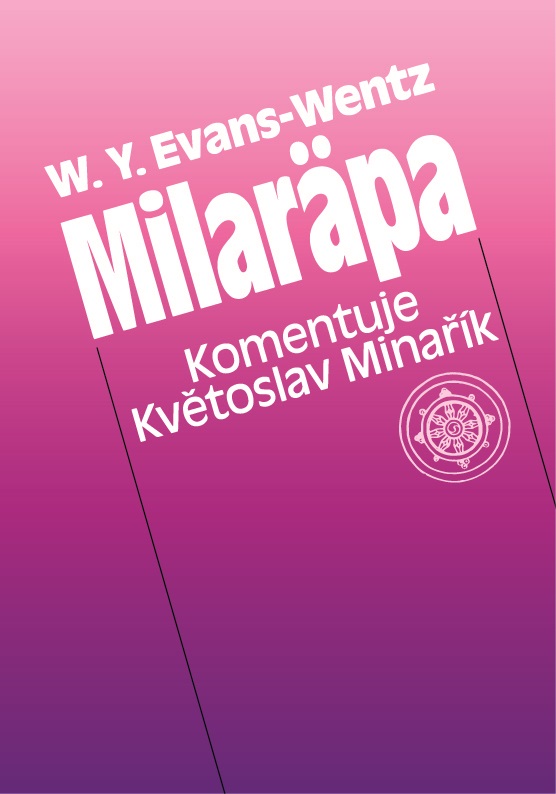
Milaräpa
The most famous Tibetan saint and poet Milaräpa lived in the years 1040-1123. His biography in the form of a novel is most probably known by every Tibetan and throughout centuries, it preserved its liveliness. It remains “a bottomless treasure house for the human spirit and a bouquet of precepts which can be only understood by those who try them in practice“.
W. Y. Evans-Wentz has first published the biography of Milaräpa in English translation in 1928. Květoslav Minařík acquainted himself with it in mid 1950’s in form of a Samizdat translation of one of his disciples. Květoslav Minařík has included Milaräpa into the editorial series of his basic books The Direct Path, because this astonishing life story complements the teaching of his other writings.
Only now, after decades, we for the first time officially publish the translation of Wentz’es Milaräpa. It is enriched not only by the comments of Květoslav Minařík, but also by a study of Josef Kolmaš on Wentz, by the Milaräpa-related bibliography and a list of hundreds of Tibetan words including their Czech transcription and transliteration.
Excerpt from the introduction:
The reason why I have included the book into the editorial series The Direct Path is that it complements the teaching that I present to the readers in my other books. Therefore everyone could accept it as a part of this teaching, although it doesn’t seem that it contains an acceptable system of teaching. However, one thing is sure: there are people who might in their heart live for a desire for liberation much more intensely than it possibly can appear on the surface; for these people the biography of Milaräpa can mean a lot. As a matter of fact, the mystic effort is not supposed to make a person cry over themself. This biography can dry the tears of those who cry over their suffering which occurred in their life, due to the fact that they have applied the moral discipline according to the directions of yoga. They will see that an expression „the greatest suffering“ is indeed only an expression, and this is what I had in mind when I decided to accept this book into our editorial series.